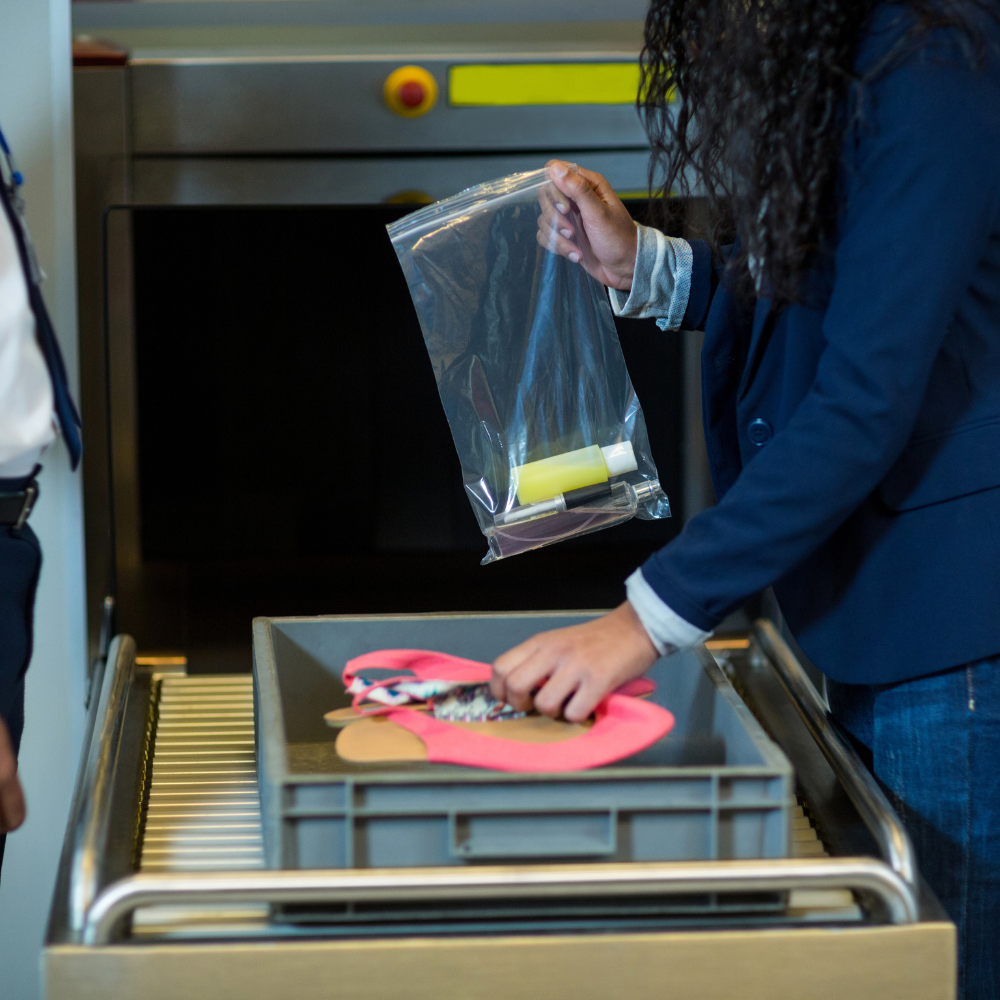 Researchers have identified a new stem cell regulator using which it is possible to have lifelong sperm production.
Researchers say that to continue lifelong production of sperms, constant renewal of spermatogonial stem cells is required. This reinvigoration of stem cells depends on a newly characterized stem cell self-renewal factor called DOT1L, according to research by Jeremy Wang of the University of Pennsylvania School of Veterinary Medicine and colleagues. When mice lack DOT1L, the team showed, they fail to maintain spermatogonial stem cells, and thus, lack the ability to continuously produce sperm.
Scientists have discovered only a handful of stem cell renewal factors, so the find, published in the journal Genes and Development, adds another entity to a rarified group.
The researchers happened upon DOT1L’s role in stem cell self-renewal serendipitously. The gene is expressed widely; mice with a mutant version of DOT1L in all of their cells don’t survive past the embryonic stage of development. But based on DOT1L’s genetic expression patterns, Wang and colleagues believed that it could play a role in meiosis, the cell division process that gives rise to sperm and eggs. So, they decided to see what happened when they mutated the gene only in these germ cells.
This drop-off in sperm production could arise due to other problems. But various lines of evidence supported the link between DOT1L and a failure of stem cell self-renewal. In particular, the researchers found that the mice experienced a sequential loss of the various stages of sperm development, first failing to make spermatogonia and then spermatocytes, followed by round spermatids, and then elongated spermatids.
In a further experiment, the researchers observed what happened when DOT1L was inactivated in germ cells not from birth, but during adulthood. As soon as Wang and colleagues triggered the DOT1L loss, they observed the same sequential loss of sperm development they had seen in the mice born without DOT1L in their germ cells.
To see whether the same mechanism was responsible for the results Wang and his team had observed in sperm development, the researchers treated spermatogonial stem cells with a chemical that blocks the methyltransferase activity of DOT1L. When they did so, the stem cells’ ability to give rise to spermatogonia was significantly reduced. The treatment also impaired the ability of stem cells to tag histones with a methyl group. And when these treated stem cells were transplanted into otherwise healthy mice, the animals’ spermatogonial stem cell activity was cut in half.
The team found that DOT1L appeared to be regulating a gene family known as Hoxc, transcription factors that play significant roles in regulating the expression of a host of other genes.
Researchers have identified a new stem cell regulator using which it is possible to have lifelong sperm production.
Researchers say that to continue lifelong production of sperms, constant renewal of spermatogonial stem cells is required. This reinvigoration of stem cells depends on a newly characterized stem cell self-renewal factor called DOT1L, according to research by Jeremy Wang of the University of Pennsylvania School of Veterinary Medicine and colleagues. When mice lack DOT1L, the team showed, they fail to maintain spermatogonial stem cells, and thus, lack the ability to continuously produce sperm.
Scientists have discovered only a handful of stem cell renewal factors, so the find, published in the journal Genes and Development, adds another entity to a rarified group.
The researchers happened upon DOT1L’s role in stem cell self-renewal serendipitously. The gene is expressed widely; mice with a mutant version of DOT1L in all of their cells don’t survive past the embryonic stage of development. But based on DOT1L’s genetic expression patterns, Wang and colleagues believed that it could play a role in meiosis, the cell division process that gives rise to sperm and eggs. So, they decided to see what happened when they mutated the gene only in these germ cells.
This drop-off in sperm production could arise due to other problems. But various lines of evidence supported the link between DOT1L and a failure of stem cell self-renewal. In particular, the researchers found that the mice experienced a sequential loss of the various stages of sperm development, first failing to make spermatogonia and then spermatocytes, followed by round spermatids, and then elongated spermatids.
In a further experiment, the researchers observed what happened when DOT1L was inactivated in germ cells not from birth, but during adulthood. As soon as Wang and colleagues triggered the DOT1L loss, they observed the same sequential loss of sperm development they had seen in the mice born without DOT1L in their germ cells.
To see whether the same mechanism was responsible for the results Wang and his team had observed in sperm development, the researchers treated spermatogonial stem cells with a chemical that blocks the methyltransferase activity of DOT1L. When they did so, the stem cells’ ability to give rise to spermatogonia was significantly reduced. The treatment also impaired the ability of stem cells to tag histones with a methyl group. And when these treated stem cells were transplanted into otherwise healthy mice, the animals’ spermatogonial stem cell activity was cut in half.
The team found that DOT1L appeared to be regulating a gene family known as Hoxc, transcription factors that play significant roles in regulating the expression of a host of other genes.
News In Focus
 Yash Ranjan07/15/202214
Yash Ranjan07/15/202214
Lifelong sperm production possible through newly identified stem cell regulator
 Researchers have identified a new stem cell regulator using which it is possible to have lifelong sperm production.
Researchers say that to continue lifelong production of sperms, constant renewal of spermatogonial stem cells is required. This reinvigoration of stem cells depends on a newly characterized stem cell self-renewal factor called DOT1L, according to research by Jeremy Wang of the University of Pennsylvania School of Veterinary Medicine and colleagues. When mice lack DOT1L, the team showed, they fail to maintain spermatogonial stem cells, and thus, lack the ability to continuously produce sperm.
Scientists have discovered only a handful of stem cell renewal factors, so the find, published in the journal Genes and Development, adds another entity to a rarified group.
The researchers happened upon DOT1L’s role in stem cell self-renewal serendipitously. The gene is expressed widely; mice with a mutant version of DOT1L in all of their cells don’t survive past the embryonic stage of development. But based on DOT1L’s genetic expression patterns, Wang and colleagues believed that it could play a role in meiosis, the cell division process that gives rise to sperm and eggs. So, they decided to see what happened when they mutated the gene only in these germ cells.
This drop-off in sperm production could arise due to other problems. But various lines of evidence supported the link between DOT1L and a failure of stem cell self-renewal. In particular, the researchers found that the mice experienced a sequential loss of the various stages of sperm development, first failing to make spermatogonia and then spermatocytes, followed by round spermatids, and then elongated spermatids.
In a further experiment, the researchers observed what happened when DOT1L was inactivated in germ cells not from birth, but during adulthood. As soon as Wang and colleagues triggered the DOT1L loss, they observed the same sequential loss of sperm development they had seen in the mice born without DOT1L in their germ cells.
To see whether the same mechanism was responsible for the results Wang and his team had observed in sperm development, the researchers treated spermatogonial stem cells with a chemical that blocks the methyltransferase activity of DOT1L. When they did so, the stem cells’ ability to give rise to spermatogonia was significantly reduced. The treatment also impaired the ability of stem cells to tag histones with a methyl group. And when these treated stem cells were transplanted into otherwise healthy mice, the animals’ spermatogonial stem cell activity was cut in half.
The team found that DOT1L appeared to be regulating a gene family known as Hoxc, transcription factors that play significant roles in regulating the expression of a host of other genes.
Researchers have identified a new stem cell regulator using which it is possible to have lifelong sperm production.
Researchers say that to continue lifelong production of sperms, constant renewal of spermatogonial stem cells is required. This reinvigoration of stem cells depends on a newly characterized stem cell self-renewal factor called DOT1L, according to research by Jeremy Wang of the University of Pennsylvania School of Veterinary Medicine and colleagues. When mice lack DOT1L, the team showed, they fail to maintain spermatogonial stem cells, and thus, lack the ability to continuously produce sperm.
Scientists have discovered only a handful of stem cell renewal factors, so the find, published in the journal Genes and Development, adds another entity to a rarified group.
The researchers happened upon DOT1L’s role in stem cell self-renewal serendipitously. The gene is expressed widely; mice with a mutant version of DOT1L in all of their cells don’t survive past the embryonic stage of development. But based on DOT1L’s genetic expression patterns, Wang and colleagues believed that it could play a role in meiosis, the cell division process that gives rise to sperm and eggs. So, they decided to see what happened when they mutated the gene only in these germ cells.
This drop-off in sperm production could arise due to other problems. But various lines of evidence supported the link between DOT1L and a failure of stem cell self-renewal. In particular, the researchers found that the mice experienced a sequential loss of the various stages of sperm development, first failing to make spermatogonia and then spermatocytes, followed by round spermatids, and then elongated spermatids.
In a further experiment, the researchers observed what happened when DOT1L was inactivated in germ cells not from birth, but during adulthood. As soon as Wang and colleagues triggered the DOT1L loss, they observed the same sequential loss of sperm development they had seen in the mice born without DOT1L in their germ cells.
To see whether the same mechanism was responsible for the results Wang and his team had observed in sperm development, the researchers treated spermatogonial stem cells with a chemical that blocks the methyltransferase activity of DOT1L. When they did so, the stem cells’ ability to give rise to spermatogonia was significantly reduced. The treatment also impaired the ability of stem cells to tag histones with a methyl group. And when these treated stem cells were transplanted into otherwise healthy mice, the animals’ spermatogonial stem cell activity was cut in half.
The team found that DOT1L appeared to be regulating a gene family known as Hoxc, transcription factors that play significant roles in regulating the expression of a host of other genes. 


